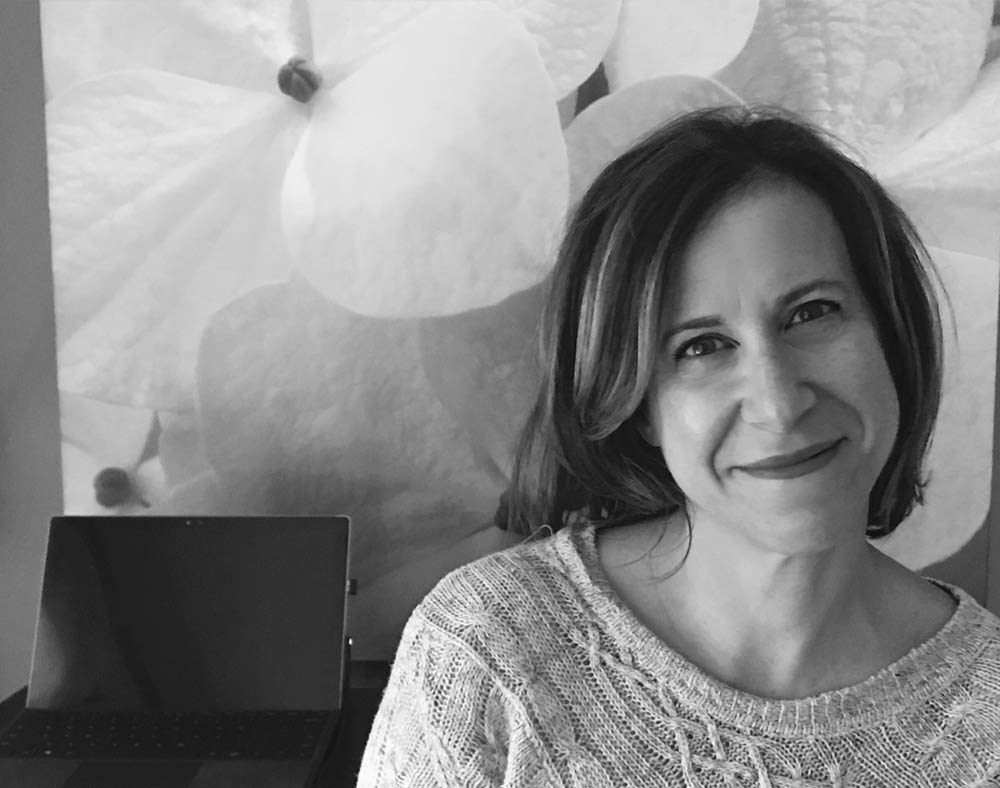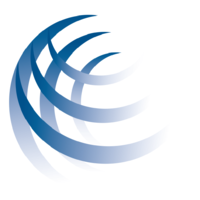By Joanne Bauer and Paul Rissman, CoFounders of Rights CoLab. Rights CoLab is a member of the Interim Secretariat of TIFD, along with RACI (Argentina), Predistribution Initiative, and Southern Center for Inequality Studies (SCIS) at University of Witwatersrand. To get involved and be part of TIFD’s growing coalition of Allies click here.
When the European Union embraced the concept of double materiality in the Corporate Sustainability Reporting Directive, mandating that investors consider risks corporations externalize onto people, the business and human rights movement notched a significant win. Now the notion of double materiality is also taking shape in a different guise beyond Europe: in rising investor concerns around systemic risks, including inequality.
Systemic risks are risks that affect the economic system as a whole, creating “systematic portfolio risk” to an investor’s entire portfolio. Large institutional asset owners and asset managers, due to their size, own hundreds, even thousands of different assets. Their portfolios mimic the market and give rise to their status as “universal owners.” These financial players, who collectively own over 40 percent of the market, are less concerned with risks to individual companies than they are with systemic risks to the totality of their holdings. Extreme inequality is a systemic risk, along with climate change and the spread of authoritarianism.
Systems-level investing therefore means that for those who invest across the entire range of the global economic system, considering the impacts of climate or inequality only to the profits of a single company is insufficient to address total portfolio risk. More important are the risks the company poses to people and the planet that affect economic, social, and environmental (ESG) sustainability.

To help investors and regulators address the problem of systemic inequality and its destabilizing economic impacts, a Task Force on Inequality-related Financial Disclosures (TIFD) is being developed , which builds upon existing standard-setting efforts. Inspired by the successful uptake of the Task Force on Climate-related Financial Disclosures (TCFD), TIFD is a systemic risk management framework created through a collaboration among investors, civil society, business, financial regulators, policy makers, and academics to help all market actors know how to reduce inequality created by the private sector. With an eye towards alignment with the Sustainable Development Goals (SDGs), TIFD aims to launch in 2025 with guidance targets, metrics and thresholds for companies and investors to measure and manage their impacts on inequality, as well as inequality’s impacts on company and investor performance. Stakeholders can use TIFD to evaluate the private sector’s performance and hold corporations to account.
While some types of investors may seek quick profits, their ultimate clients are often institutions with longer time horizons and broader goals. Universal owners like large pension funds and sovereign wealth funds, which collectively represent a whopping $33 trillion, tend to have a better eye on systemic risks than their asset managers do. TIFD is well-positioned to engage these ultimate investors at the top of the “capital markets value chain” – the asset owners and allocators – in assessing their long-term investment goals and evaluating how inequality impacts them.
When an asset manager contributes to inequality, or a universal owner like BlackRock or Vanguard is slow to recognize its self-interest in reducing inequality, the trustees of pension and sovereign wealth funds have an interest as fiduciaries for workers and citizens in holding them accountable. Asset owners can influence the behavior of asset managers and companies through engagement, asset allocation, investment structuring, negotiating terms, shareholder resolutions, and votes for board directors. With TIFD in place, asset owners will have the tools to integrate inequality into their goals, incentive structures, and KPIs for asset managers and companies.
Where does human rights fit in? Just as the human rights framework is an essential element to achieving the SDGs, international human rights sits at the core of the TIFD project. TIFD uses the UN Guiding Principles on Business and Human Rights (UNGPs) to define the normative thresholds of the targets and metrics that will be reported by companies so investors will know whether the business is operating within these limits. For example, a living wage indicator could serve as a threshold for inequality when measured over a period of years and paired with other indicators such as income inequality within the firm and union density and collective bargaining coverage.
The judges of whether or not company impacts have exceeded human rights thresholds are rightsholders themselves. When human rights are upheld and businesses operate with respect for social foundations and ecological boundaries, they create value for society and ultimately for investors.
This is why the TIFD process must engage with rightsholders. Most disclosure frameworks are devised by a select group of technocrats in the Global North, but technocrats are not well positioned to fully grasp inequality and its root causes. To be effective and legitimate, it is those who experience inequality who need to be at the table to define it. TIFD will convene thematic working groups in which this diverse coalition of stakeholders will synthesize empirical evidence about the root causes of inequality with existing corporate and investor disclosure and risk management frameworks, fill gaps, and draw upon that work to define metrics, targets, and thresholds.
“Inside-out” risks – the risks that companies pose to socio-economic equality and human rights – are a matter of investor interest. Even when looked at from the point of view of investor interest, therefore, double materiality is a no-brainer.
This essay was written for “Bridging the Human Rights Gap in ESG,” a joint blog series of the Business & Human Rights Resource Centre and BSR, and first appeared on the Resource Centre website. It was subsequently republished by Greenbiz, and was named by Business Fights Poverty as one of the most engaging impact stories of 2022.



